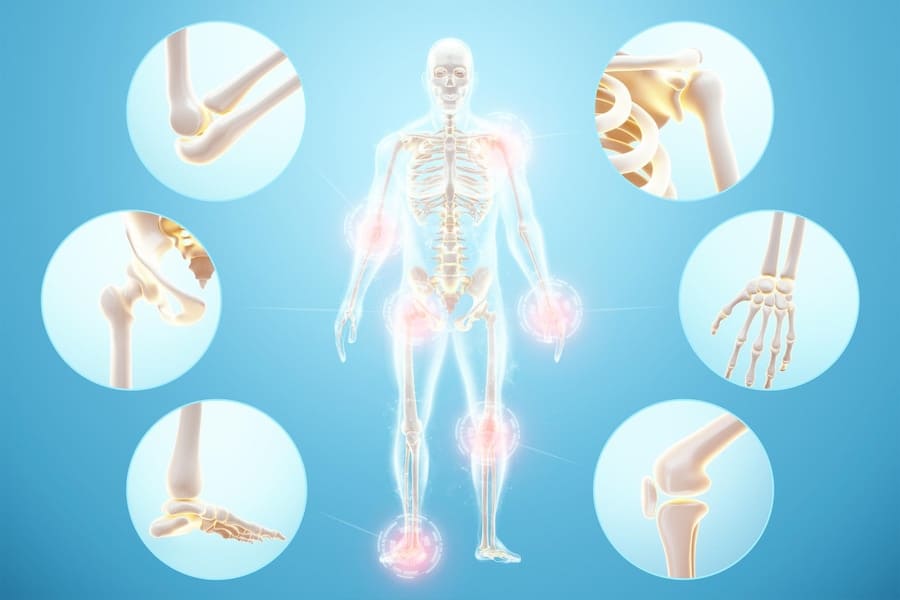Paget disease of bone is a degenerative disease of bone. It is a chronic bone disorder wherein bones deform and break down excessively. Though bones become enlarged, they become dense, fragile, and deform. Though it is a common disorder in older adults after age 50 or more, many people silently suffer from it. However, over the past several years Paget disease has become less common and less severe when it develops.
What are the signs and symptoms of Paget Disease of the bone?
- Bone and joint pain
- Bone Deformity
- Arthritis
- Risk for bone fractures
- In very rare cases, Paget disease may lead to bone cancer
If the disease affects the pelvis bone, it can cause hip pain. Paget disease of the spine can cause back pain, weakness, numbness, and tingling sensation in the arms or legs.
Enlarged or misshapen bones in the joints can cause extra pressure, force, and stress on hip and knee joints – leading to hip and knee arthritis.
Paget disease symptoms mimic the signs and symptoms of other orthopedic conditions. Talk to your orthopedic doctor for an accurate diagnosis of the condition.
What causes Paget disease of the bone?
Paget disease is mostly idiopathic. Experts are still unsure about the exact cause of Paget disease. However, genetics and environmental factors could play a role.
Diagnosis of Paget Disease of the Bone
Your orthopedic doctor evaluates your medical history and performs a physical examination based on your signs and symptoms – and may recommend the following tests:
X-ray
Bone Scanning – It is a nuclear scanning wherein a tracer material (radioactive) is injected into the blood. Next, scanning is done to detect the tracer material within the bones. Bone scanning test helps in detecting blood flow to the bone and cell activity.
Bone Biopsy – Doctors perform this procedure using a needle and sedation. Doctors also do bone biopsies by making small incisions. Bone biopsies help in determining the cause of bone disease.
Blood tests – Doctors check the levels of alkaline phosphatase in the bone. Increased activity of bone cells or bone growth increases its levels. The enzyme levels increase in Paget disease.
Treatment for Paget Disease of the Bone
Your orthopedic doctor comes out with the best treatment plan based on the medical history, overall health, sickness levels, the duration of your illness; your ability to bear specific procedures, medicines and therapies, and other such factors.
The treatment is aimed at strengthening your bones and muscles and slowing down the abnormal bone resorption. Your orthopedic doctor would recommend physiotherapy and prescribe medicines to manage pain and inflammation. The doctor may also prescribe bisphosphonates to slow down abnormal bone resorption. This is, in fact, the mainstay of treatment. To get relief from the symptoms due to abnormal growth of bones, your orthopedic doctor may recommend surgery to realign, cut or replace affected bone.


